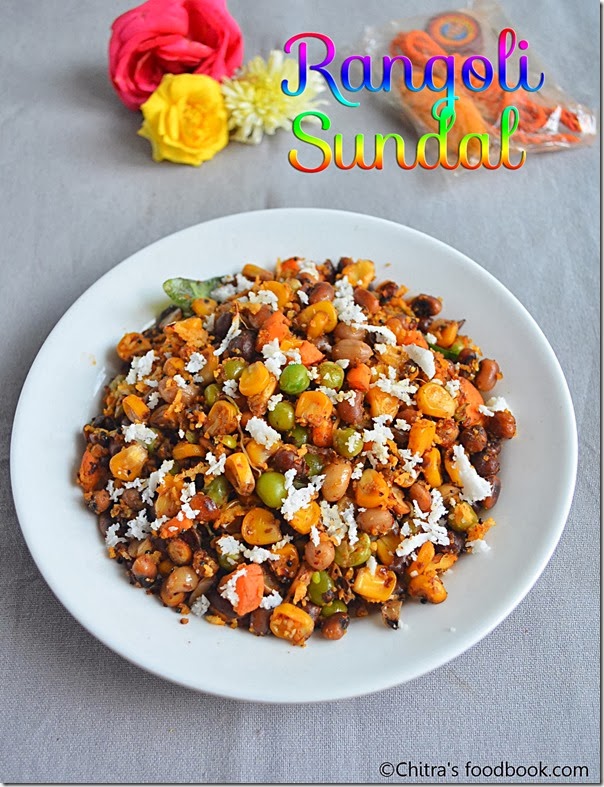When I was planning to share some kozhukattai varieties for Ganesh chaturthi, I came across this sugar free, dry fruits kozhukattai recipe using dates and nuts. The stuffing/ pooranam for this kozhukattai is prepared without jaggery and sugar. So this kolukattai recipe would be ideal for people who look for healthy options. Dry fruits pooranam is easy to make too. Just roast and grind, stuffing would be ready in minutes.
In North India, people make dry fruits and nuts modak by shaping it directly using a modak mould instead of stuffing in the kozhukattai dough. Its a no cook version. They call it as Khajoor modak. I made one and shared the picture below. So, you can make this kozhukattai without cooking or by stuffing in the kozhukattai maavu as shown in the description with pictures. Choice is yours.
Ok, lets see how to make easy, healthy dry fruits and nuts kozhukattai for this Vinayagar chaturthi festival with step by step pictures.

HOW TO MAKE DRY FRUITS KOZHUKATTAI
METHOD - STEP BY STEP PICTURES
In North India, people make dry fruits and nuts modak by shaping it directly using a modak mould instead of stuffing in the kozhukattai dough. Its a no cook version. They call it as Khajoor modak. I made one and shared the picture below. So, you can make this kozhukattai without cooking or by stuffing in the kozhukattai maavu as shown in the description with pictures. Choice is yours.
Ok, lets see how to make easy, healthy dry fruits and nuts kozhukattai for this Vinayagar chaturthi festival with step by step pictures.
Below is the picture of dry fruits and nuts modak without stuffing in rice flour dough. You can eat this as such without steaming / cooking.
Dry fruits kozhukattai / Dates and nuts kozhukattai

Dry fruits kozhukattai without jaggery and sugar for Ganesh chaturthi festival
Cuisine: Indian
Category: Sweet
Serves: 6
Prep time: 20 Minutes
Cook time: 20 Minutes
Total time:40 Minutes
INGREDIENTS
For Stuffing/ Pooranam
|
HOW TO MAKE DRY FRUITS KOZHUKATTAI
- Heat 1 tsp ghee in a kadai. Roast the nuts till golden. Grind coarsely.
- Collect in a plate. In the same kadai, roast the dates and cool down.
- Grind to a smooth paste without adding water. Add the paste to the ground nuts.
- Mix well to make the dry fruits pooranam. Make small balls and set aside.
- To make kozhukattai dough, roll boil 2 cups of water adding few drops of gingely oil.
- Take the store bought idiyappam / kozhukattai flour in a wide bowl. Add salt and mix well.
- Add the water gradually. Mix with a ladle. Cover and rest for 5 minutes to become warm.
- Knead it well using greased hands. Make a smooth dough.
- Take a ball shaped dough. Shape it using a modak mould.
- Keep one dry fruits ball in the center of mould and cover the kozhukattai with the dough.
- Remove the kozhukattai gently and steam in a greased idli plate.
- Kozhukattai becomes shiny after cooking. Switch off the flame.
- Rest for 10 minutes. Remove the modak and serve hot !
METHOD - STEP BY STEP PICTURES
Note
|
Try this healthy dry fruits kozhukattai recipe and enjoy !







































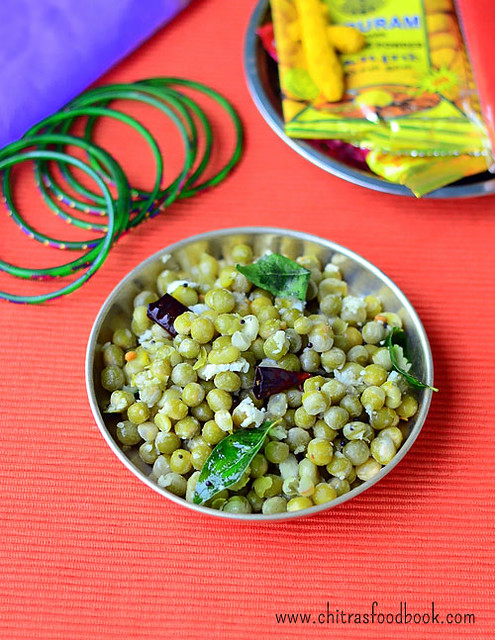
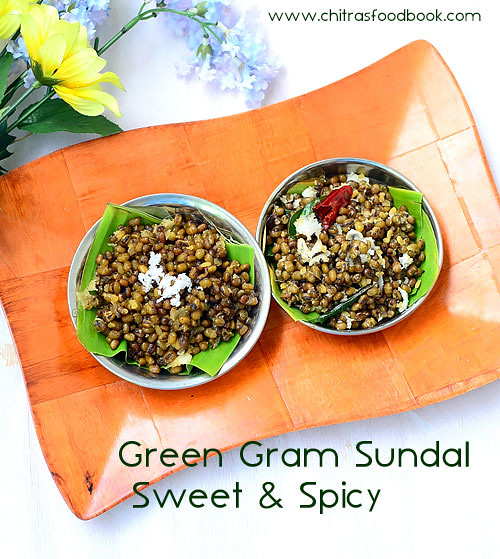
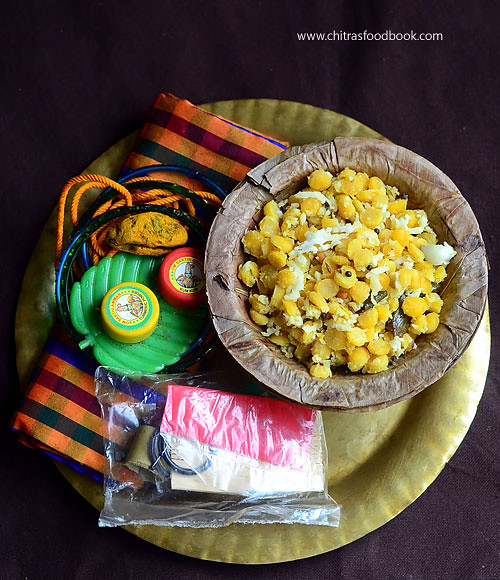

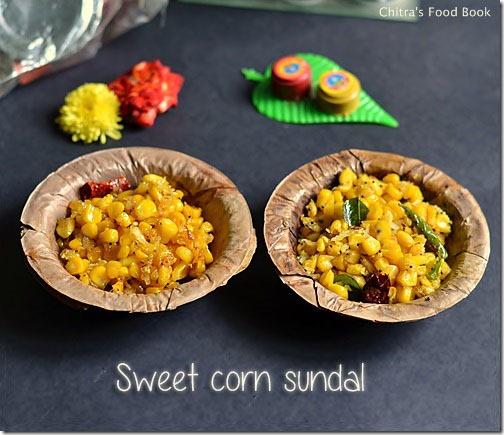

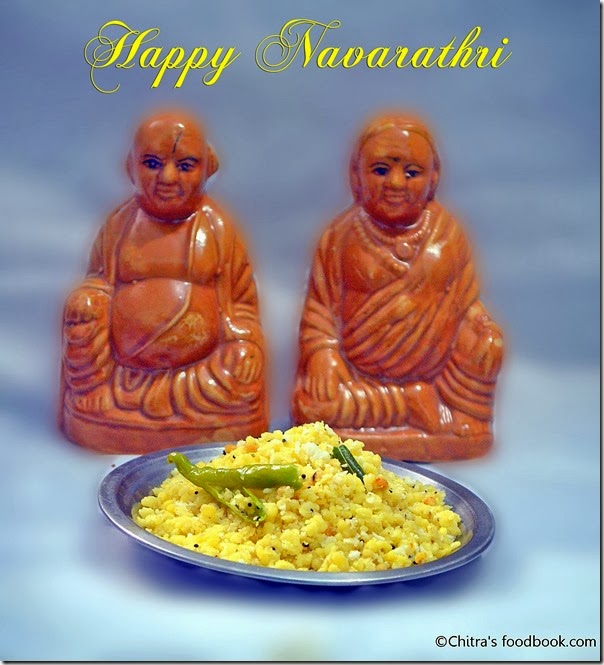
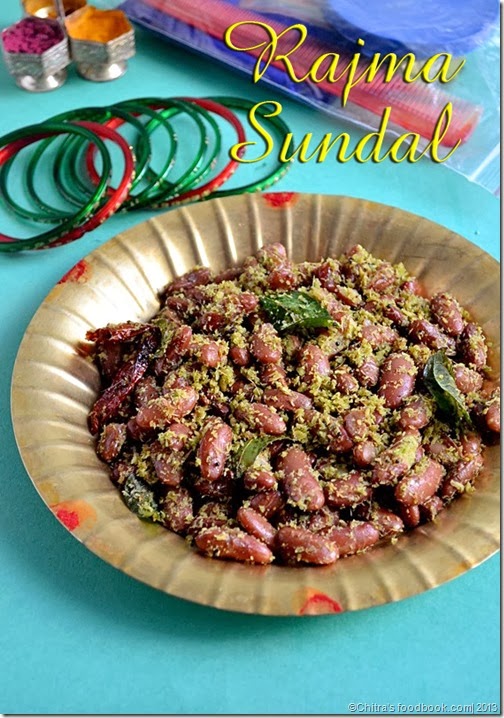
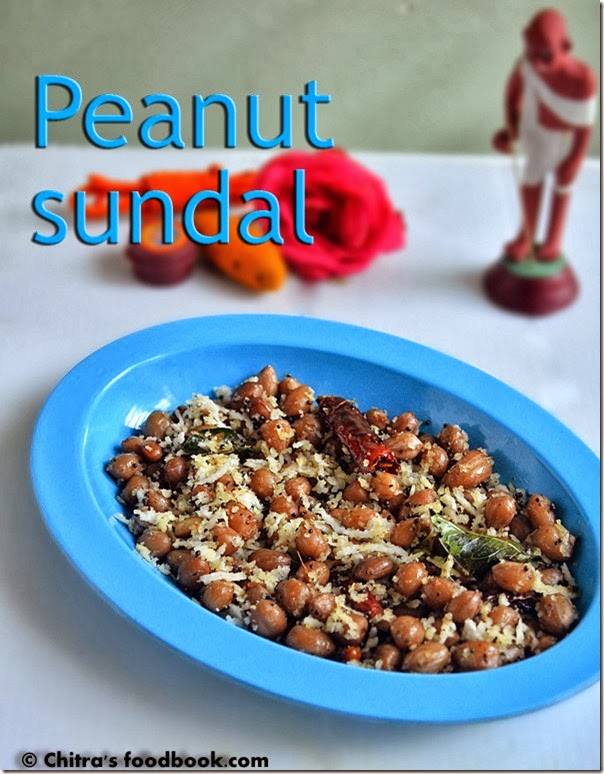
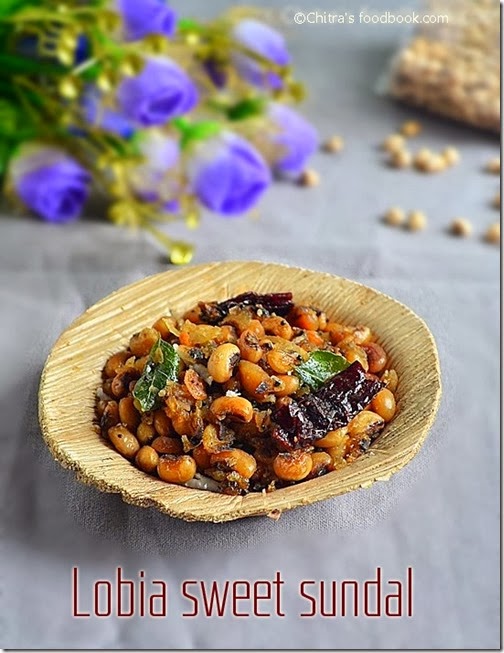
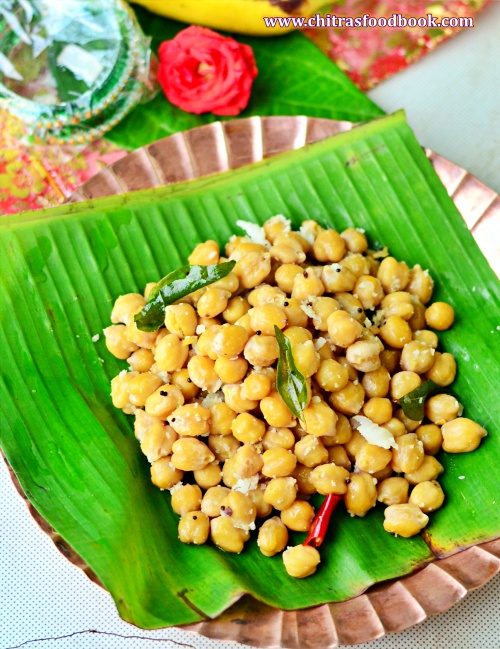
.jpg)
